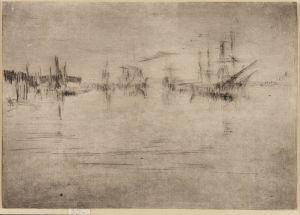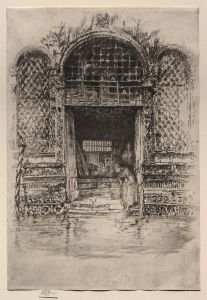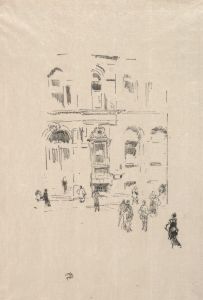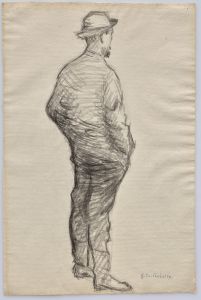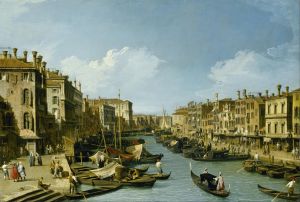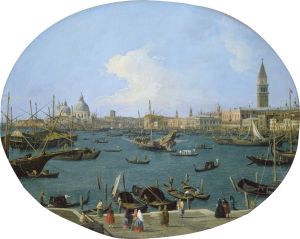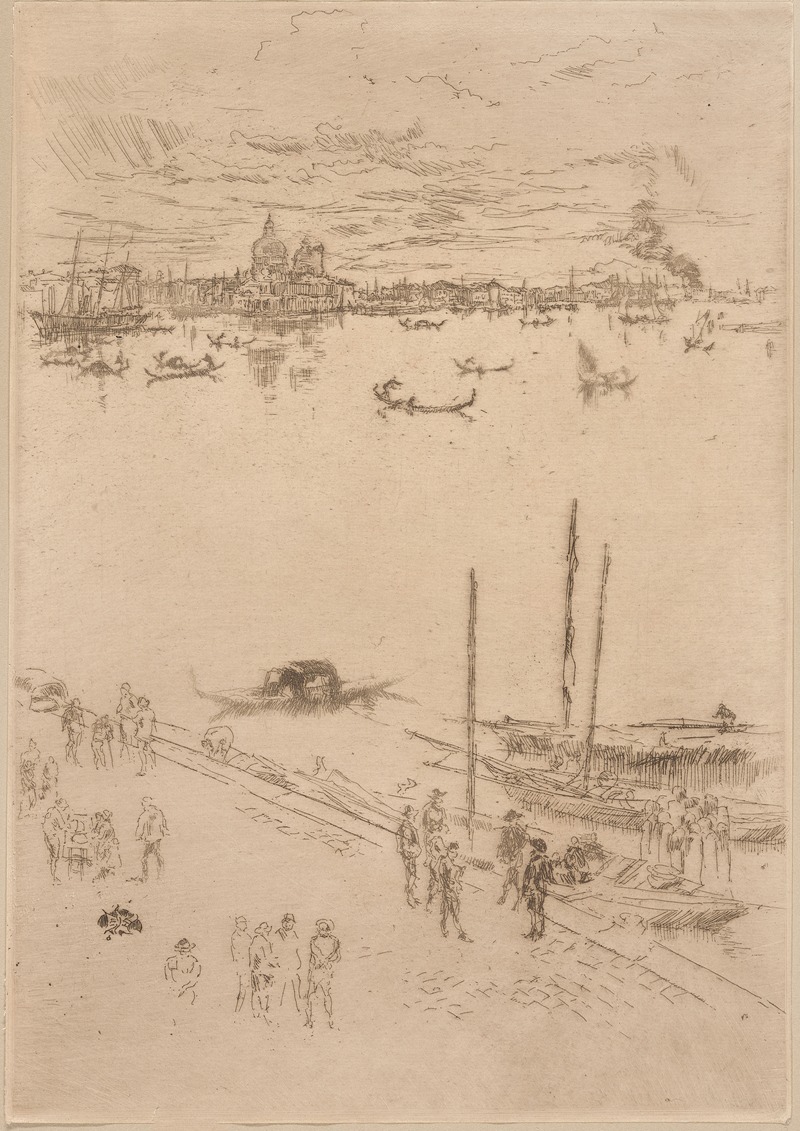
Upright Venice
A hand-painted replica of James Abbott McNeill Whistler’s masterpiece Upright Venice, meticulously crafted by professional artists to capture the true essence of the original. Each piece is created with museum-quality canvas and rare mineral pigments, carefully painted by experienced artists with delicate brushstrokes and rich, layered colors to perfectly recreate the texture of the original artwork. Unlike machine-printed reproductions, this hand-painted version brings the painting to life, infused with the artist’s emotions and skill in every stroke. Whether for personal collection or home decoration, it instantly elevates the artistic atmosphere of any space.
"Upright Venice" is a painting by the American-born artist James Abbott McNeill Whistler, who is known for his distinctive style and significant contributions to the art world during the late 19th century. Whistler was born on July 10, 1834, in Lowell, Massachusetts, and he spent much of his career in Europe, particularly in London and Paris. He is often associated with the Aesthetic Movement, which emphasized the visual and sensual qualities of art and design over practical, moral, or narrative considerations.
Whistler's "Upright Venice" is part of a series of works he created during his time in Venice. In 1879, Whistler traveled to Venice, where he spent over a year producing a remarkable body of work that included etchings, pastels, and paintings. This period was highly productive for Whistler and significantly influenced his artistic development. The works he created in Venice are celebrated for their atmospheric qualities and innovative use of color and composition.
"Upright Venice" is notable for its vertical format, which was somewhat unusual for Whistler's Venetian works, as many of his other pieces from this period were horizontal. The painting captures the essence of Venice with its delicate interplay of light and shadow, reflecting Whistler's keen interest in the effects of light on water and architecture. The composition is characterized by its subtle tonal variations and the artist's masterful handling of paint to create a sense of depth and atmosphere.
Whistler's technique in "Upright Venice" demonstrates his skill in capturing the transient effects of light and his ability to convey the mood and ambiance of the scene. The painting likely depicts a view of one of Venice's many canals, with its iconic buildings and bridges rendered in a harmonious blend of colors. Whistler's use of a limited palette and his focus on the overall harmony of the composition are hallmarks of his mature style.
The influence of Japanese art, particularly the use of flat areas of color and asymmetrical compositions, is evident in Whistler's work from this period. This influence can be seen in "Upright Venice" through the artist's emphasis on simplicity and elegance, as well as his attention to the decorative aspects of the composition.
"Upright Venice" is part of Whistler's broader oeuvre that includes other notable works such as "Nocturne in Black and Gold: The Falling Rocket" and "Arrangement in Grey and Black No. 1" (commonly known as "Whistler's Mother"). His Venetian works, including "Upright Venice," were well-received by critics and collectors and contributed to his reputation as a leading artist of his time.
Today, Whistler's works are held in major museums and collections around the world, and "Upright Venice" remains an important example of his innovative approach to painting and his ability to capture the beauty and atmosphere of his surroundings.










